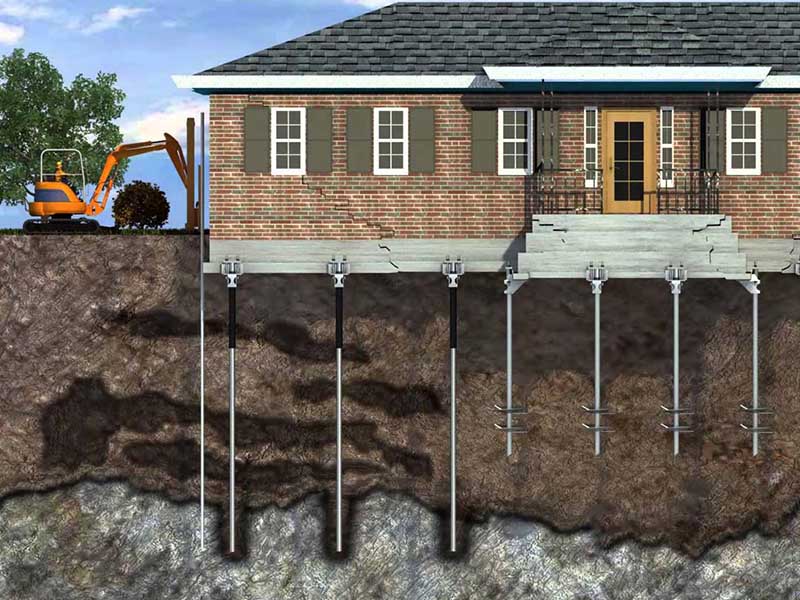Different Types of Foundation Repair Methods

Cracked walls, water leakage, frequent plumbing issues; the signs are visible. Your property’s foundation is problematic. The trouble has begun and requires attention.
But how to repair foundation cracks? Is there a single method or formula that works for all? Not really.
Different factors determine the type of foundation repair method that would be best for your home or property. The type of foundation built, soil type and climate along with other problems sum up to determine the method that would be best to fix your foundation cracks.
Crawl Space to Basement Conversion is a unique solution that can not only address foundation issues but also add significant value and functionality to your property. This innovative method involves transforming an existing crawl space into a full basement, providing additional living space, and enhancing structural integrity.
Types of Foundation Repair Methods:
When you’re navigating this process, it’s essential to focus on understanding foundation repair in depth. Being aware of what to expect during the repair process ensures that you can communicate effectively with the professionals handling the job. This knowledge also enables you to monitor the progress and assess the results confidently.
A consultation with an expert team is extremely crucial in this context. They are responsible for identifying the cause of foundation cracks and then treating them accordingly.
However, being familiar with the different methods that can be used is always a good idea. It helps you understand the process in a much better manner and further aids you, in keeping tabs on the process too.
1. Slab Jacking:
One of the most effective materials used in slab jacking is polyurethane foam slab jacking. This modern approach involves injecting high-density polyurethane foam beneath the concrete slab to fill voids, stabilize the foundation, and lift the slab back to its original position.
Slab jacking is one of the best methods for sinking or uneven concrete issues. This method is also referred to as concrete lifting or slab leveling. It is often used when the task is small. For example, slab jacking helps raise decks, porches, driveways, and garage floors.
When the soil underneath your foundation shifts a bit, your slab foundation also sinks or moves away from its actual position. With the right set of tools and equipment, professionals utilize the slab jacking methods to set them right.
2. Piling:
Slope Stabilization Methods play a crucial role in ensuring the stability and safety of sloped areas. While piles are effective for foundation repair, slope stabilization involves unique techniques tailored to the landscape. Engineers often employ methods such as retaining walls, soil nailing, and erosion control to address slope instability.
There are different types of piles that are used for fixing foundation cracks. Steel piling, concrete piling, and pressed piling are some of the most common ones that offer a long-lasting solution to foundation dilemmas.
Piling is well-known for offering a great outcome in bringing the foundation back to its original position. However, each property and foundation type is different and your consultant team will determine the type of piling that would be used for your project specifically.
3. Sealant and Masonry Patches:
As the name suggests, this method is focused on patching the cracks and sealing them with waterproof masonry. Vinyl concrete, hydraulic cement, and silicone are some of the most common sealers for repairing foundation cracks. However, the severity of the mixture is highly dependent on the severity of your issue. The professional team analyzes the crack position and then determines the seal and patch severity accordingly.
THE BOTTOM LINE
It is best to not avoid cracks and frequent plumbing leakage issues to ensure that the foundation cracks are addressed and resolved in their very early stages. Foundation problems are common. Soil can shift and change due to environmental alterations, causing the foundation to move as well.
There are different solutions to this issue as well and promise a long-term relief too. Hire the right foundation experts for the task and your foundations will be fixed, in no time.





